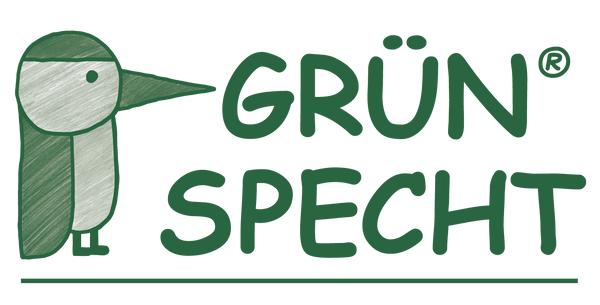When should you offer the pacifier? – the right time for babies
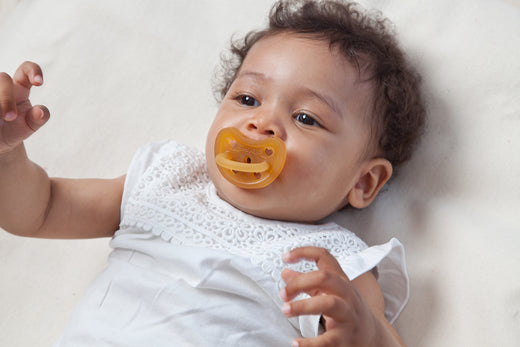

You are a new mom or dad or are preparing to have a baby and are asking yourself: “When should you give your baby a pacifier?”
For many parents, this decision is not easy, as the use of pacifiers has both advantages and disadvantages .
In this article, we'll explore the optimal time to offer your baby a pacifier , as well as the pros and cons of this popular soothing aid. Learn how to find the right balance between your baby's needs and the potential effects of a pacifier.
The time when you can offer your baby a pacifier varies from child to child. Some babies show a strong need to suck in the first few weeks and may benefit from the pacifier early on, while other babies may not show interest until later or may not show interest at all.
A sign that your baby might be ready for a pacifier: If he frequently sucks on his hands or other objects to soothe himself. If your baby has trouble falling asleep or calming himself down , a pacifier can be a way to help him relax and drift off to dreamland.
If your baby frequently sucks on his hands, fingers, thumbs or other objects, this may be an indication that he has a strong need to suck and may want a pacifier.
If your baby is restless and difficult to calm down, especially while falling asleep, a pacifier can help him or her relax.
Babies sometimes exhibit searching movements in which they open and close their mouths. In addition to hunger, this can be a sign that they want something to suck on, such as a pacifier.
If your baby refuses the breast or bottle but actively seeks with his mouth, this could indicate that he is not hungry and would prefer to suck on a pacifier.
Another sign may be if your baby is constantly sucking on the breast during breastfeeding, even when he is not actively drinking. This may indicate that he finds sucking soothing and has a need for a pacifier.
It is important to observe your baby's needs and respond sensitively to his signals. If you notice that a pacifier helps your baby to calm and comfort himself, you can offer him one.
A pacifier can soothe babies and help them relax, especially in situations such as falling asleep or when they are restless.
Many parents report that babies sleep better with pacifiers because sucking on the pacifier helps them relax and fall asleep.
Some studies suggest that sucking on a pacifier during sleep may reduce the risk of sudden infant death syndrome, although the exact reasons for this have not been fully understood.
A pacifier can be a source of comfort and security for babies, especially when they are separated from their parents or feeling unwell.
When using a pacifier, babies may develop a strong need to suck that can only be satisfied by the pacifier. This can lead to dependency.
Using a pacifier can lead to sucking confusion, especially when babies have difficulty distinguishing between sucking at the breast and sucking on a pacifier.
Excessive or long-term use of a pacifier can cause tooth misalignment, especially if the child uses the pacifier beyond infancy.
Pacifiers harbor bacteria and germs that increase the risk of infections if they are not cleaned infrequently or properly.
Before deciding whether or not to use a pacifier, it is important to weigh up these pros and cons and consider your baby's individual needs and expert recommendations . If you have any concerns or are unsure about when a pacifier might be good for your baby, it is advisable to speak to your doctor, midwife or lactation consultant to make an informed decision that takes into account both your baby's needs and your own concerns.
Sucking on a pacifier for a long time can lead to damage to the teeth and jaw: the so-called frontal open bite, where there is no contact between the upper and lower jaw. The pacifier should be weaned between the second and third year of life, when teething is almost complete, and according to the German Medical Association, even by the second birthday . Nevertheless, pacifiers are better than sucking on the thumb. On the one hand, the thumb is thicker and therefore not jaw-friendly. On the other hand, weaning off the pacifier is easier than weaning off the ever-present thumb.
Pacifiers are made of silicone or natural rubber . Natural rubber pacifiers are natural products that are more flexible and tear-resistant than silicone pacifiers. This is particularly beneficial when the first teeth are already there. However, they age faster than silicone pacifiers and can be damaged by sunlight and heat.
It is best to use special pacifiers that have a jaw-friendly teat . This leaves room for the tongue in the mouth . Always use the right pacifier size as your baby gets older.
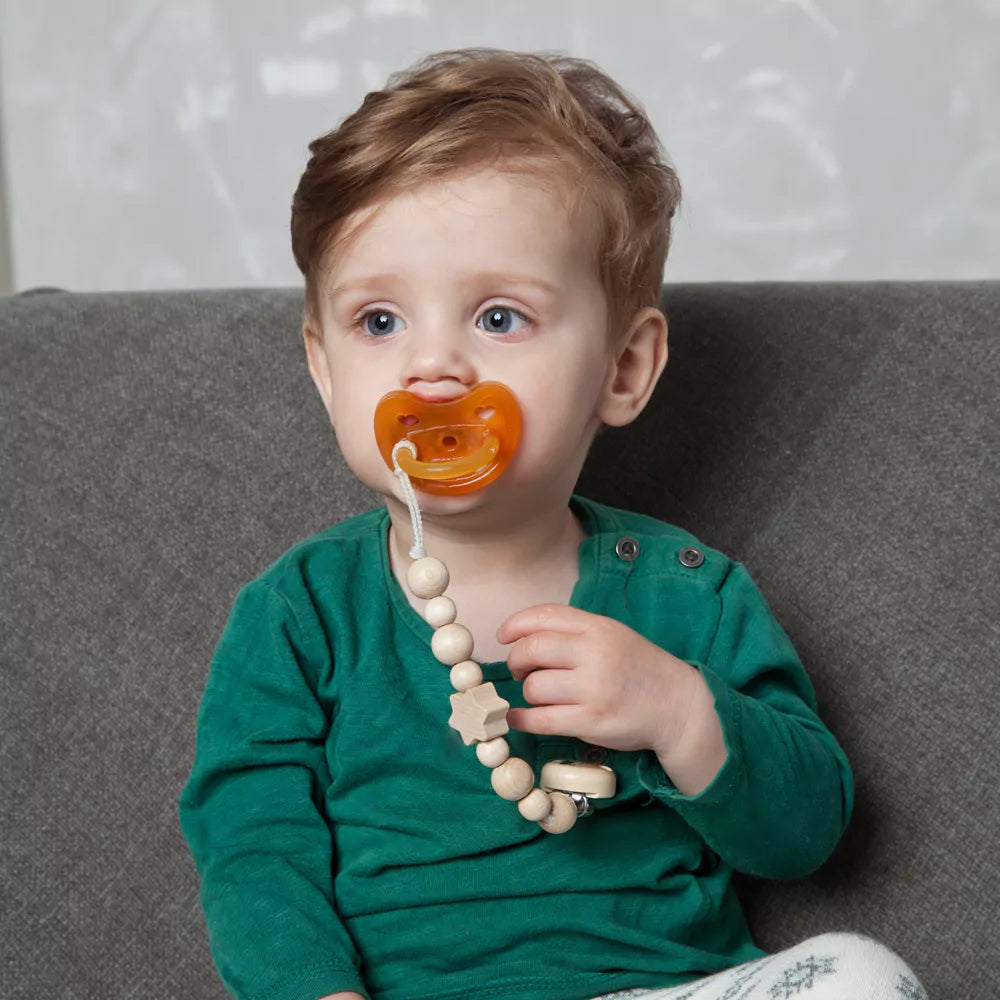
The GRÜNSPECHT organic pacifiers made of natural rubber are available in 3 different sizes . We recommend
The straight and soft heart-shaped shield provides a recess for the nose and gives the lip and mouth muscles the freedom of movement they need. The heart-shaped ventilation holes prevent suction and ensure better air circulation , thereby preventing skin irritation. The pacifiers have been tested by an independent testing institute for the absence of phthalates, silicones and BPA.
The question of whether newborns should be given a pacifier is controversial .
Some experts argue against this. The main reason why you shouldn't offer your baby a pacifier in the first few weeks is, according to them, because of the possibility of nipple confusion . This means that a baby has difficulty distinguishing between sucking at the breast and sucking on a pacifier.
Other experts believe that a pacifier immediately after birth does not interfere with breastfeeding and may even provide benefits by helping the baby to calm down and sleep better .
Ultimately, it's important to consider your baby's individual needs and talk to your doctor, midwife or lactation consultant to make the best decision for your child.
Pacifiers can be used from birth. But when can you offer a pacifier without causing nipple confusion? We recommend that you only use it when breastfeeding is no longer a problem to prevent possible nipple confusion.
Sucking confusion is a commonly discussed issue related to pacifier use in babies. When a baby sucks from both the breast and a pacifier, they may have difficulty telling the difference between the two. This can lead to problems with breastfeeding as the baby may have difficulty sucking effectively at the breast.
To minimize nipple confusion , you can keep a few things in mind:
By following these tips and being sensitive to your baby's needs, you can reduce the risk of nipple confusion and support the use of a pacifier when it is right for you and your baby.
Overall, there is no set point in time when you should offer your baby a pacifier. Observe your baby's signals, consult with experts and make the decision that best suits your child's needs. A pacifier can be a helpful tool to calm and comfort your baby, but it is important to use it wisely and taking individual circumstances into account . True to the motto: "as little as possible, as much as necessary".
A baby can usually
around 4 to 6 months old, they learn to take the pacifier themselves. But don't worry if it takes some children longer to do so!
A baby can from birth
have a pacifier, but it is recommended not to use it in the first few weeks to avoid breastfeeding problems. In addition, the exact
Timing depends on the individual needs of the baby.
It is recommended to give a baby
to give the pacifier when it shows signs of restlessness that could be relieved by non-nutritional sucking activity.
Babies can use the pacifier in
Keep your mouth shut as soon as they develop the coordination to do so, typically around 2 to 3 months.
In the first few weeks you will need
You usually only need one or two pacifiers as a reserve.
It is advisable to remove the pacifier
at around 2 years of age in order not to impair dental and speech development.
A baby can usually
Once breastfeeding is well established, use a pacifier without nipple confusion.
In the first few weeks
It is recommended to avoid using a pacifier to avoid possible breastfeeding problems and nipple confusion.
It is okay if babies
Sleep with a pacifier, but care should be taken that the
Pacifier sits securely in the mouth and there is no risk of choking.
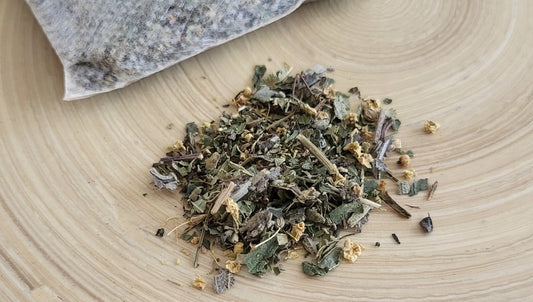
Die Anwendung von Kräutern bei Babys ist ein sensibles Thema, denn Babys haben besondere körperliche Bedürfnisse und reagieren deutlich empfindlicher als Erwachsene. Viele Eltern suchen nach natürlichen Alternativen, wenn ihr...
Die Anwendung von Kräutern bei Babys ist ein sensibles Thema, denn Babys haben besondere körperliche Bedürfnisse und reagieren deutlich empfindlicher als Erwachsene. Viele Eltern suchen nach natürlichen Alternativen, wenn ihr...
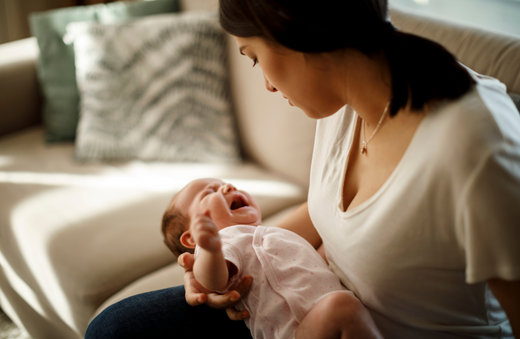
There is nothing more worrying for parents than a crying baby. However, crying is the only way for babies to express their needs and discomfort. In this post, we explain...
There is nothing more worrying for parents than a crying baby. However, crying is the only way for babies to express their needs and discomfort. In this post, we explain...
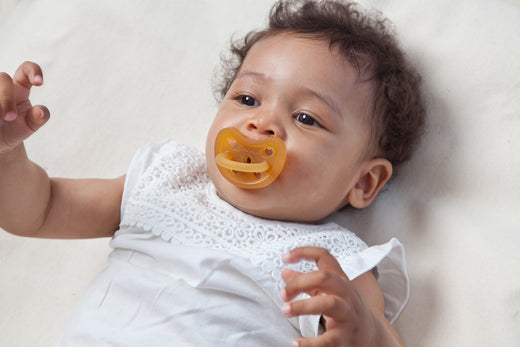
In this article, we'll explore the optimal time to offer your baby a pacifier, as well as the pros and cons of this popular soothing aid. Learn how to find...
In this article, we'll explore the optimal time to offer your baby a pacifier, as well as the pros and cons of this popular soothing aid. Learn how to find...
